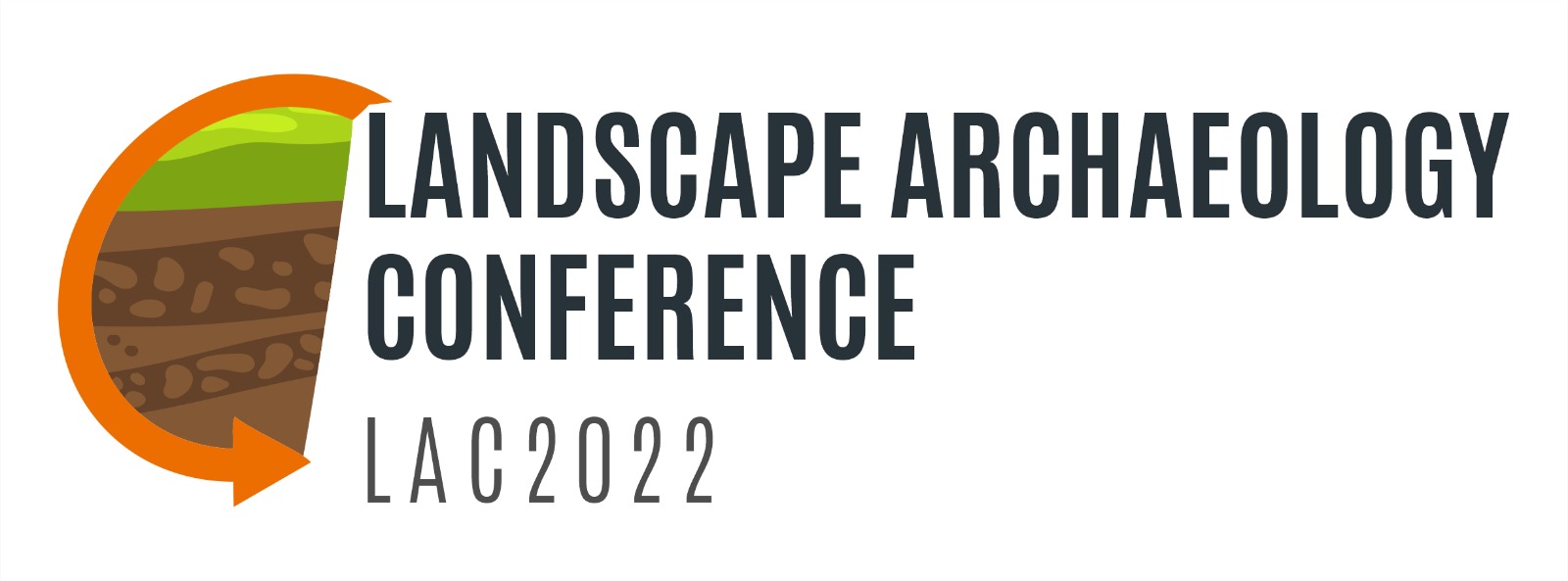Human-environment interactions in the Gete catchment (Belgium). An interdisciplinary approach
Main Article Content
Abstract
Floodplains are highly dynamic environments that have attracted humans throughout history. As such, they have not only been shaped by the interplay of geomorphological, ecological and hydrological processes. They have also been directly and indirectly impacted by human activity. It is in these parts of the landscape that we find ideal research areas to study and reconstruct how humans affected the environment as well as vice versa. For this paper we will focus on one such area: the Gete catchment, situated in the Belgian loess belt. Prior geomorphological and palynological research shows that its floodplain geo-ecology underwent a gradual transformation from a marshy wetland environment, characterised by multiple channels, active peat growth and alder carr forest, to a stereotypical alluvial floodplain, characterised by a single-thread meandering channel, clastic overbank sedimentation and open vegetation. This transformation is dated around 5000 to 4000 BP and occurs roughly 2000 years sooner than in other studied floodplains in the Belgian loess belt


